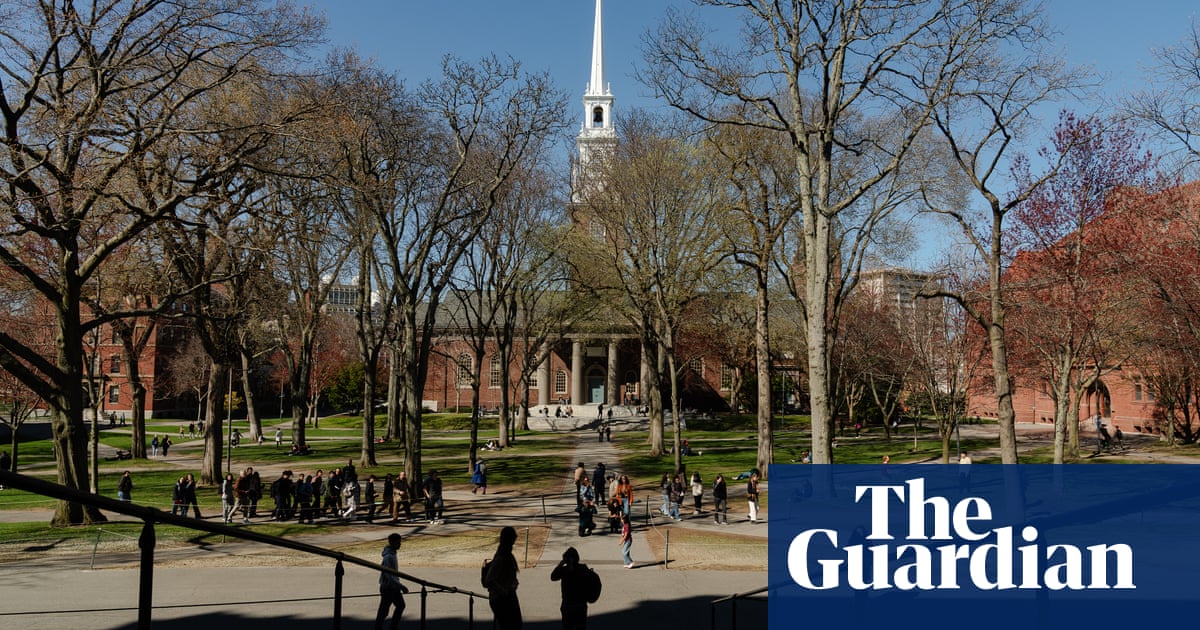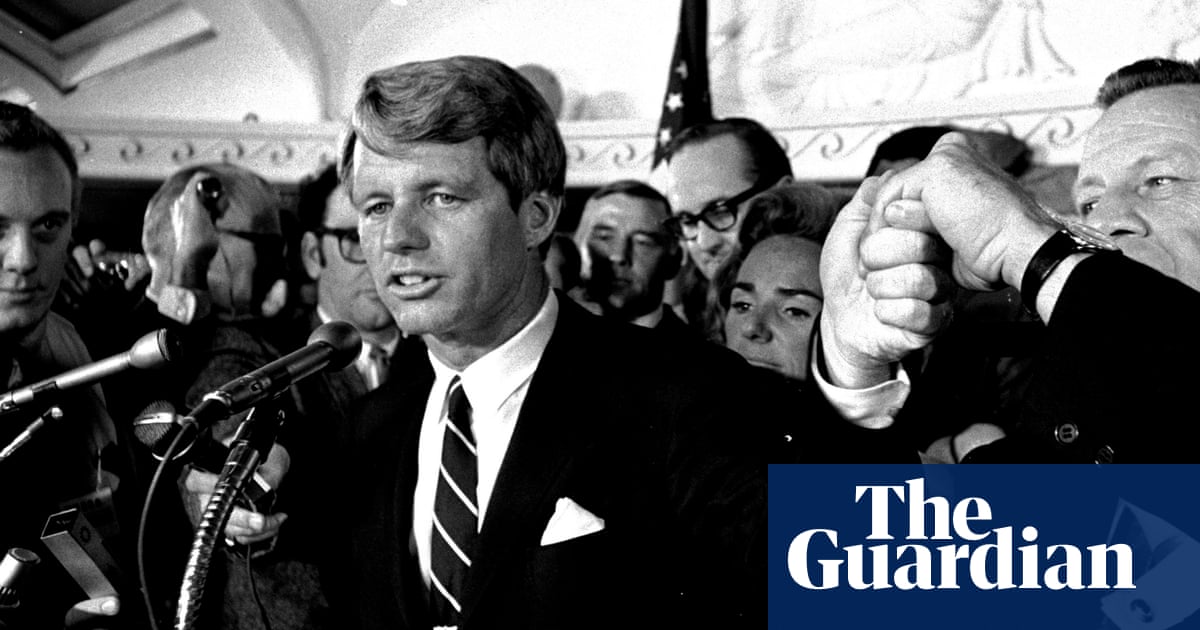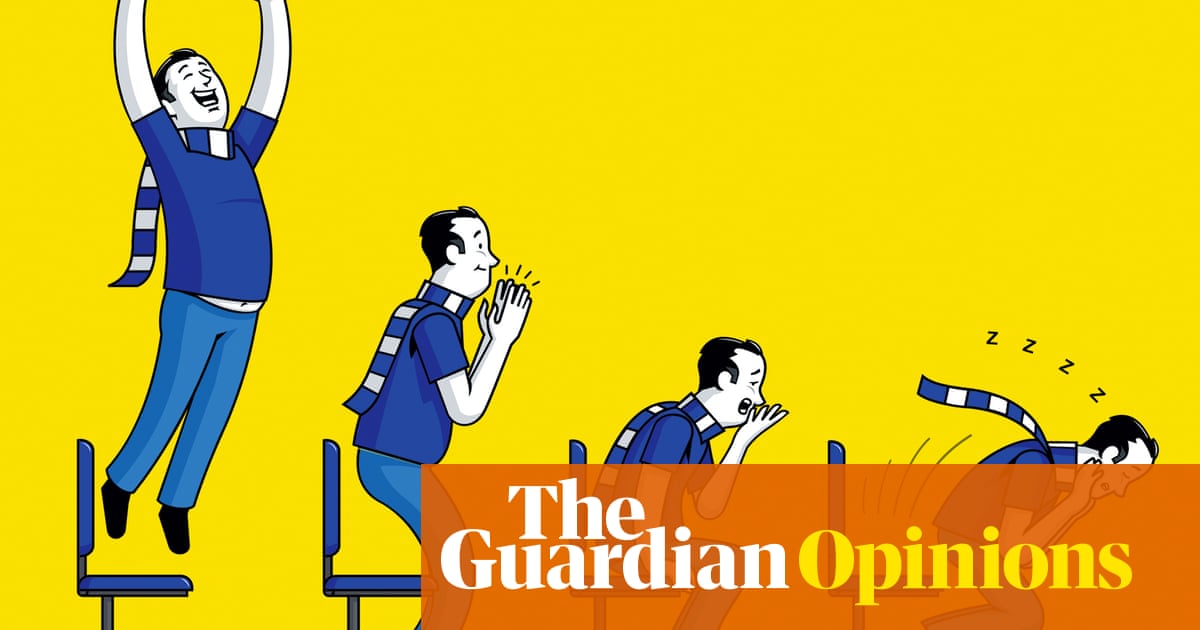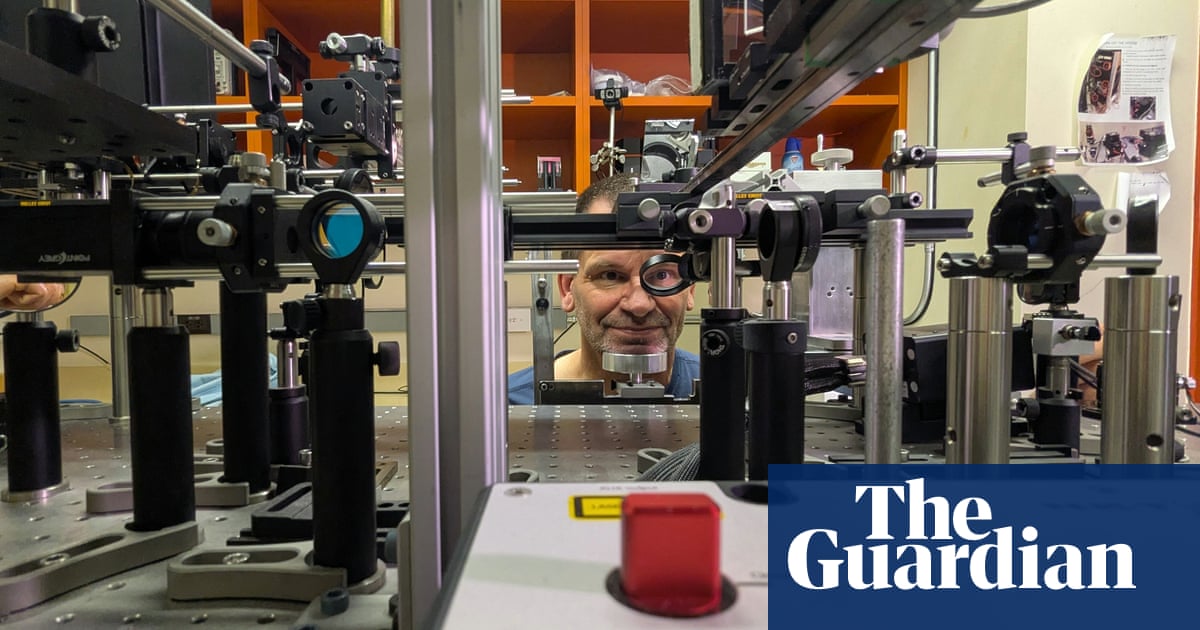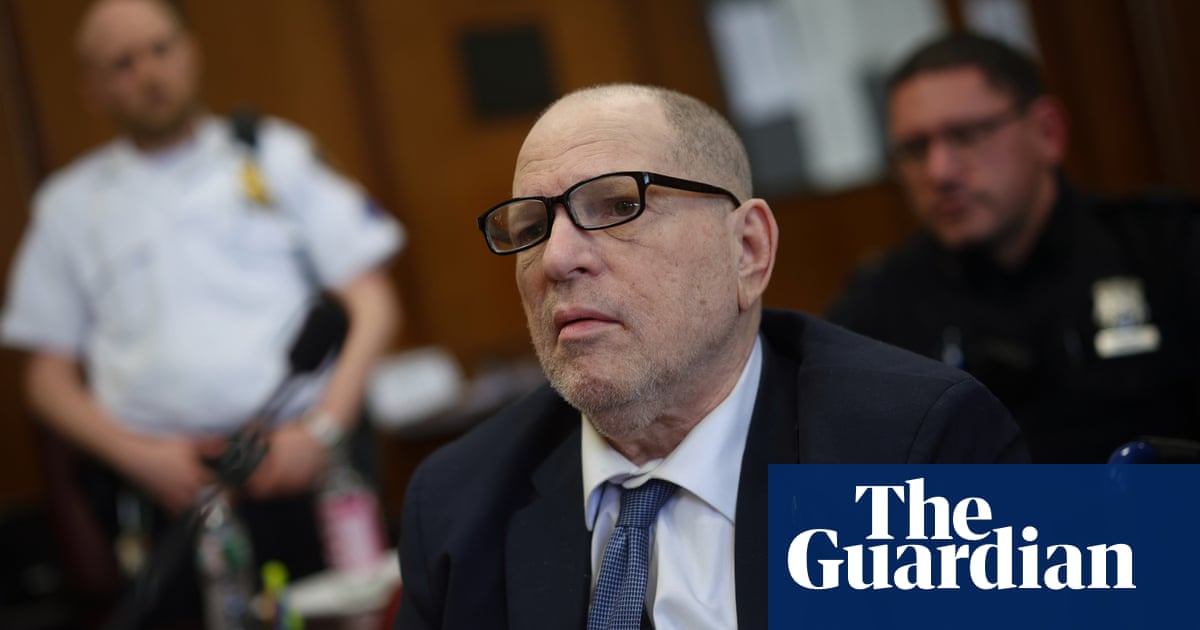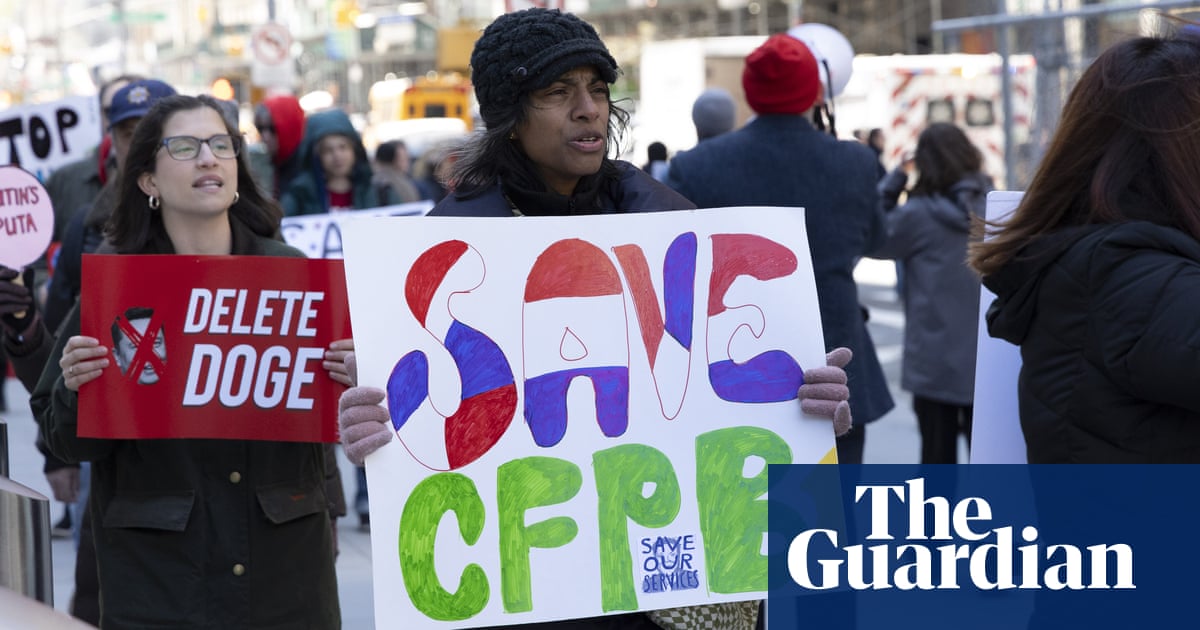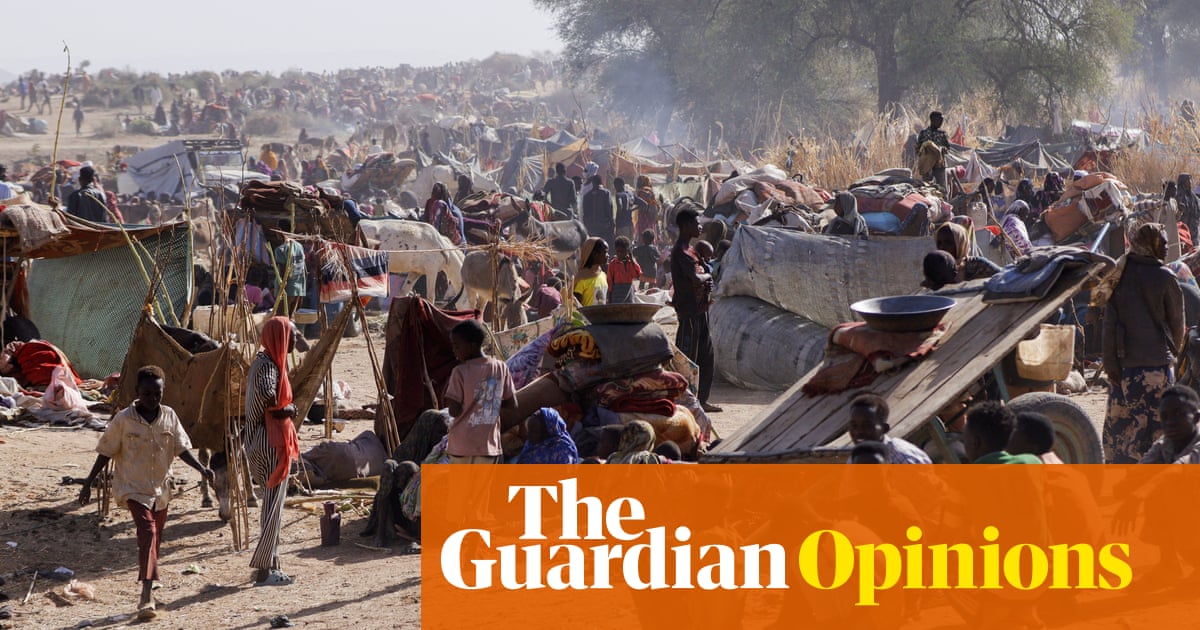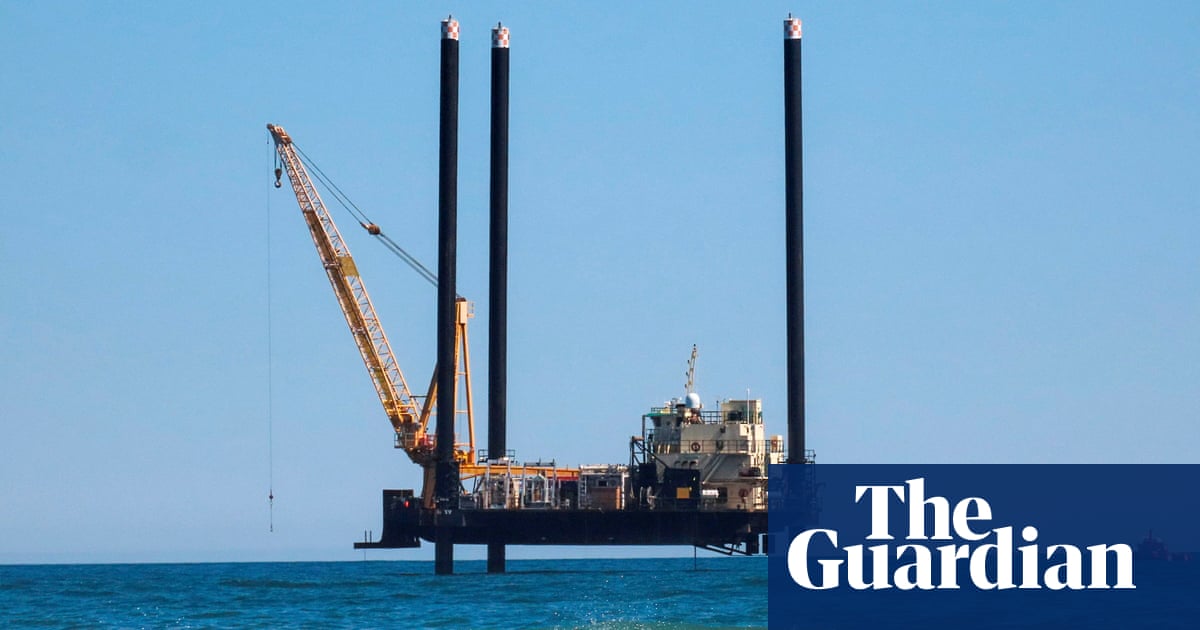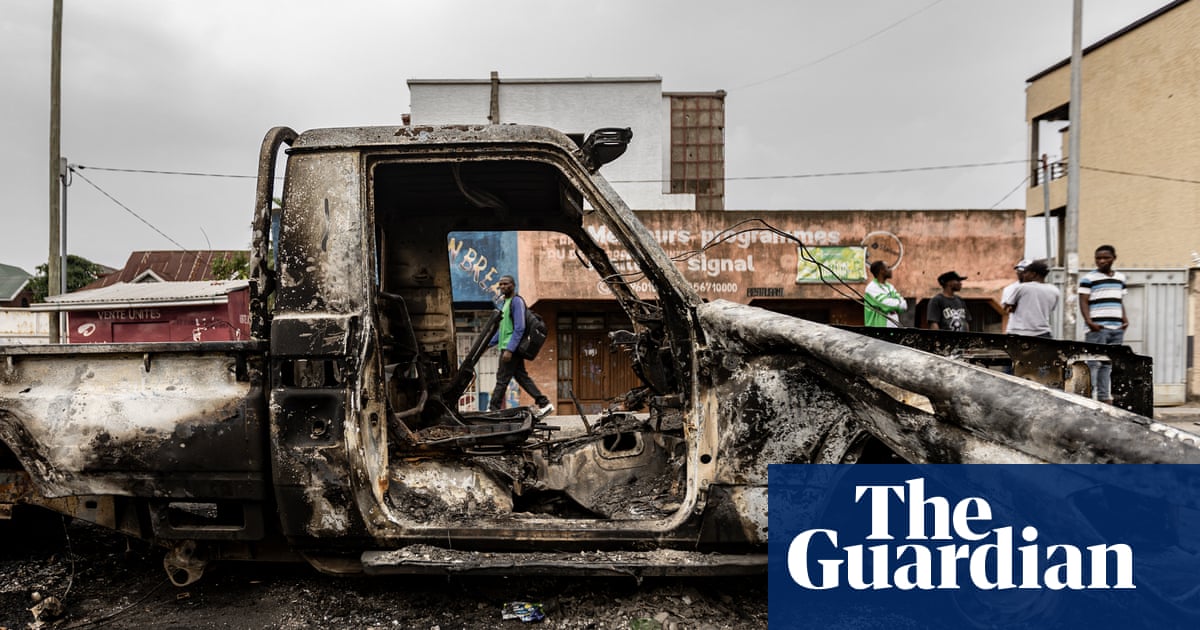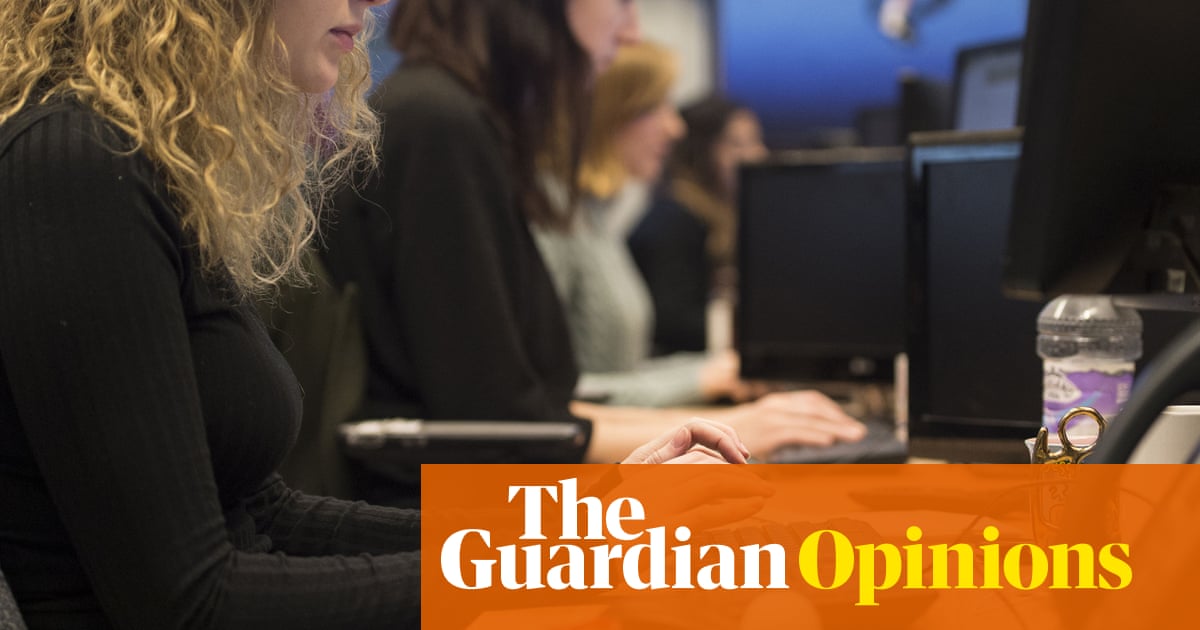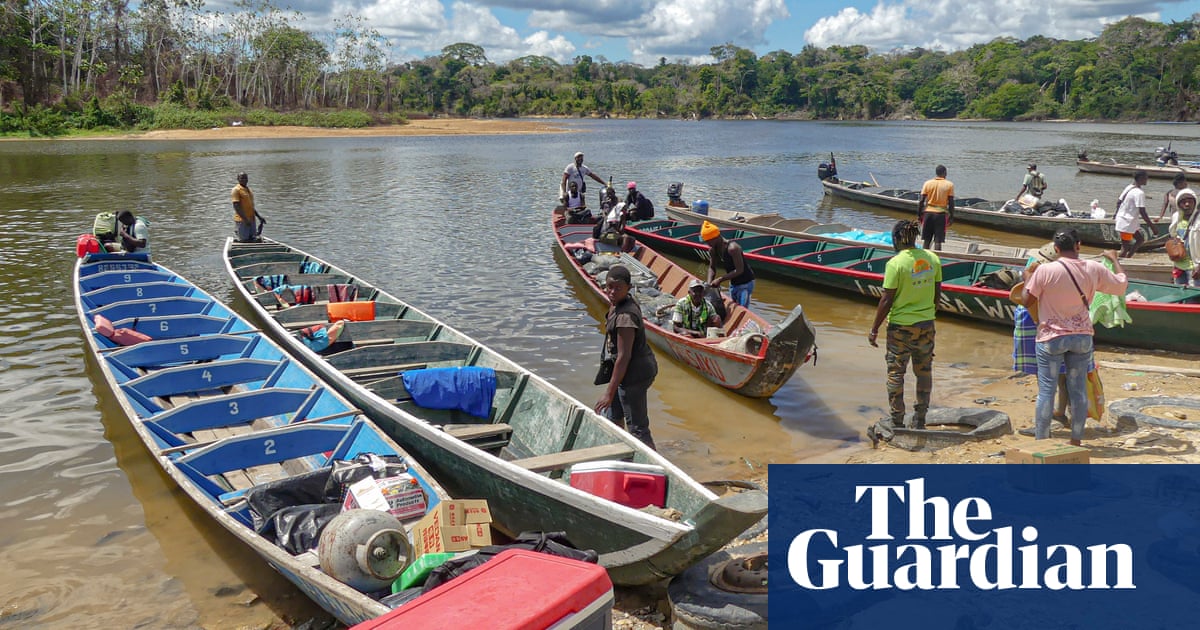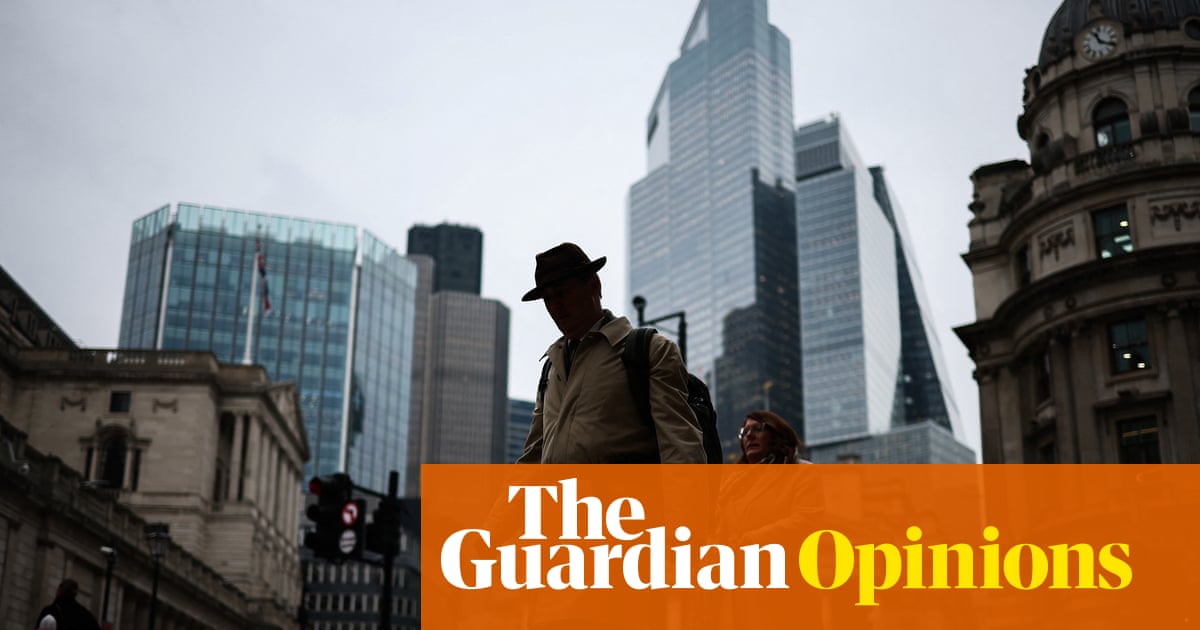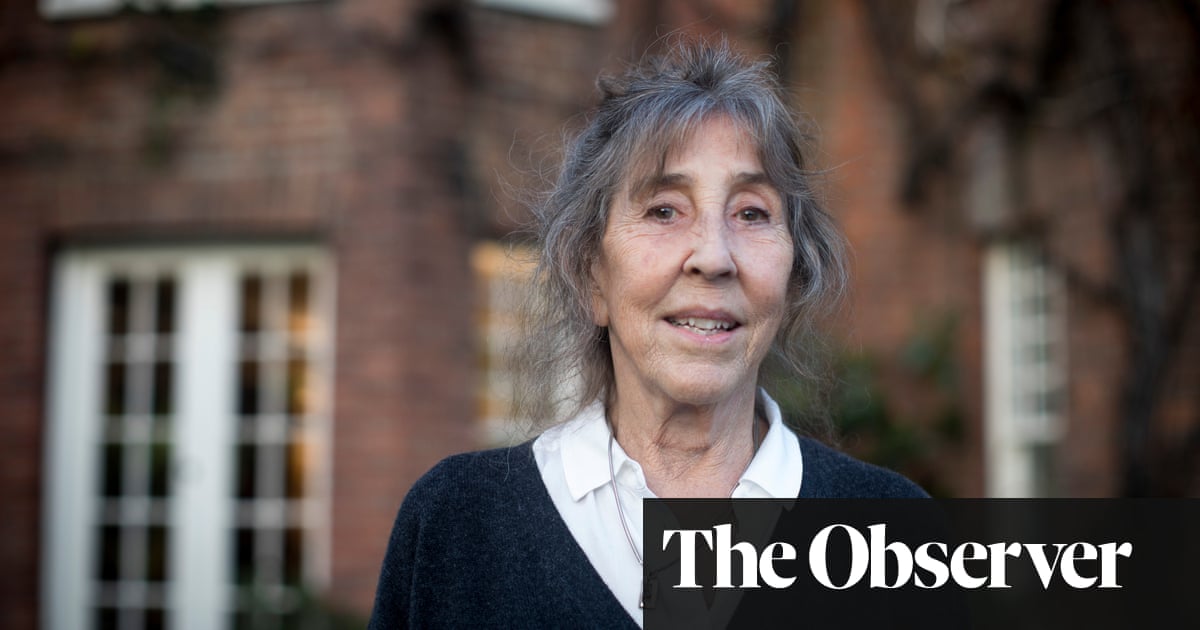Nursing an iced chai latte in a Stockholm department store, Emma Tomth says she has cut down her cafe coffee consumption considerably. The 28-year-old social media manager used to buy a latte most days, but with prices having gone up by about 15-20 kronor (about £1-£1.50), she has cut down to two or three times a week.
But it is not just about coffee. The economy also extends to fika – the historically hardwired Swedish tradition of meeting for a catch-up over a coffee and a biscuit or cake. “Many I know are abstaining from meeting for fika to save money. So we do something else instead,” Tomth says. Low-cost alternatives include meeting at home or going on walks, but it is not quite the same as fika, which plays a key social role in an otherwise often introverted society.
“To take a fika with somebody is such a simple and short meeting, but even so, it’s so big because you go through what has happened since you last saw them, what’s important, or just sit down with someone you like,” says Tomth.
Coffee shortages are a global issue, caused by a combination of poor harvests as a result of the climate crisis and extreme weather, increased demand and rising transport costs. But the problems – the price of unroasted coffee beans has risen by over 100% in the last six months – are having a very specific impact in fika-loving Sweden.

Amid significant price rises – the cost of a packet of coffee has breached the 100 kronor mark in some shops for a 500g packet – and another increase to come, some Swedes are stockpiling coffee before it goes up again, resulting in empty supermarket shelves.
Ulf Mazur, the chief executive of Matpriskollen Sverige (Food Price Survey Sweden), says on Monday there will be the “largest price increase ever in coffee prices at once”. Although some stores may wait until after Easter to put prices up, he expects prices to rise by up to 25 kronor a packet – as much as 40%.
Already sales of ground coffee or coffee beans for use at home have decreased in recent years amid food inflation and changing habits. With many workplaces offering free coffee to their employees, people may be increasing their coffee intake at work, where sitting down for fika with colleagues also plays a central role.
“Coffee is sacred in Sweden, but coffee consumption has declined quite significantly in recent years in volume,” Mazur says. “People now brew less coffee at home, they reduce waste by being more careful with the dosage, and many probably drink more coffee at work, where it is free. This reduces home consumption.”
But the ethnologist Richard Tellström, an associate professor in food and meal science at Stockholm University, is not concerned about the survival of Swedish fika culture.
“Both coffee and fika culture are a central part of how Swedes develop both personal and work relationships, so the cost of coffee is a high priority. If you visit somebody you will always be offered coffee and to decline a cup of coffee can be impolite,” he says.
While individual coffee consumption at chain coffee shops could go down, he believes people will not cut down on “coffee drinking that creates social relationships”.
after newsletter promotion
But, he says, coffee culture is changing among younger generations, who are instead drinking energy drinks and other soft drinks. “Drinking coffee is also not – as it used to be – a symbol of having become an adult,” he adds.

Sitting in the coffee shop of Kulturhuset, Stockholm’s culture house, one 21-year-old student says she has cut down how many times she goes out to fika and study, saving her coffees out for “special occasions”.
“I usually take tea with me to the library because it gets so expensive to buy coffee out,” she says. Long term, she thinks fika culture could be under threat – particularly among younger people who may not be able to afford to hang out in coffee shops, instead opting for libraries and shopping malls.
“Overall fika has become more expensive. It’s very hard to get away from that,” she says.

 6 days ago
12
6 days ago
12
